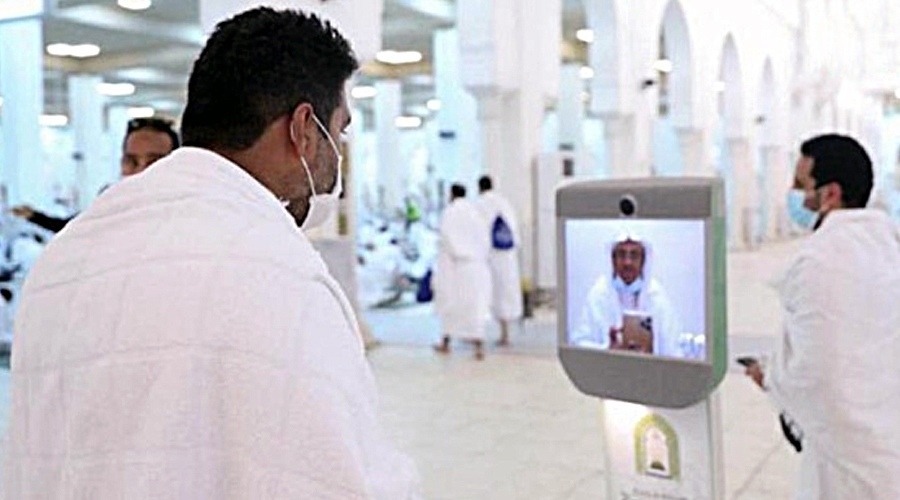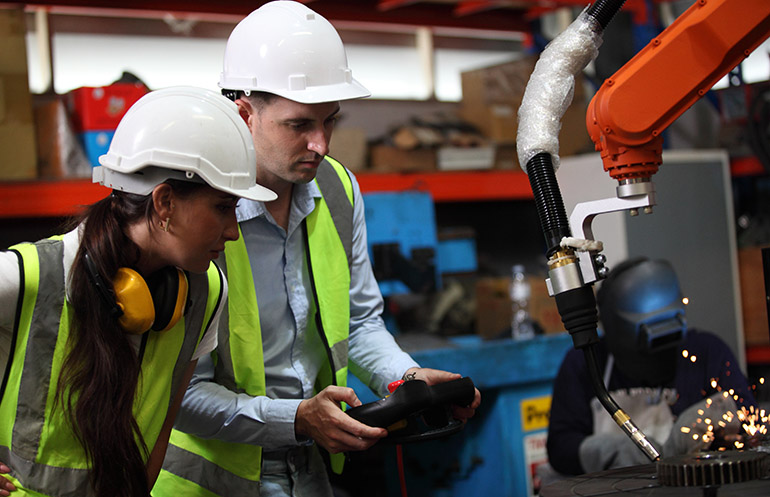Unlocking new possibilities in robotics, engineers at Carnegie Mellon University's Robotics Institute, led by Associate Professor Zachary Manchester, have pioneered a groundbreaking method to enhance the balance of four-legged robots. Leveraging cutting-edge technology, the team integrated flywheels onto the Unitree A1 robot, a commercially available platform, to revolutionize its stability and mobility.
Traditionally, four-legged robots have faced challenges in maintaining balance, especially when traversing narrow surfaces. However, the introduction of flywheels represents a significant breakthrough in addressing this limitation. By strategically installing two flywheels on the robot's back, the team effectively tackled issues of orientation and stabilization encountered during locomotion.
Explaining the innovation, Professor Manchester elaborates, "We essentially equipped the robot with flywheels typically utilized in spacecraft for orientation control. By integrating these flywheels onto the robot's body, we can counterbalance shifts in the center of gravity, ensuring enhanced stability across various terrains."
Each flywheel, meticulously designed to control the pitch and roll axes, is housed within a compact module weighing only 4.3 kg. This ingenious engineering solution empowers the robot to adapt dynamically to changes in surface conditions, regardless of which leg makes contact, thus optimizing stability and balance during locomotion.
In rigorous laboratory tests, the enhanced robot showcased remarkable performance, traversing a 6 cm wide wooden beam with ease and demonstrating the ability to recover from unexpected disturbances. Even when subjected to challenging scenarios, such as being thrown upside down from a height of half a meter, the robot successfully regained its footing, underscoring the effectiveness of the flywheel mechanism.
Professor Manchester envisions a transformative impact on the field of robotics, heralding the advent of a new era dominated by four-legged robots. "Quadrupeds represent the future of robotics," he asserts. "With advancements like these, we are poised to witness a proliferation of legged robots in real-world applications, driving innovation across industries."
The culmination of this groundbreaking research will be presented in a paper titled "Enhanced Balance for Legged Robots Using Reaction Wheels" at the prestigious 2023 International Conference on Robotics and Automation in London this June. As the robotics landscape continues to evolve, this pioneering work promises to shape the future of mobility and autonomy in robotic systems.


















